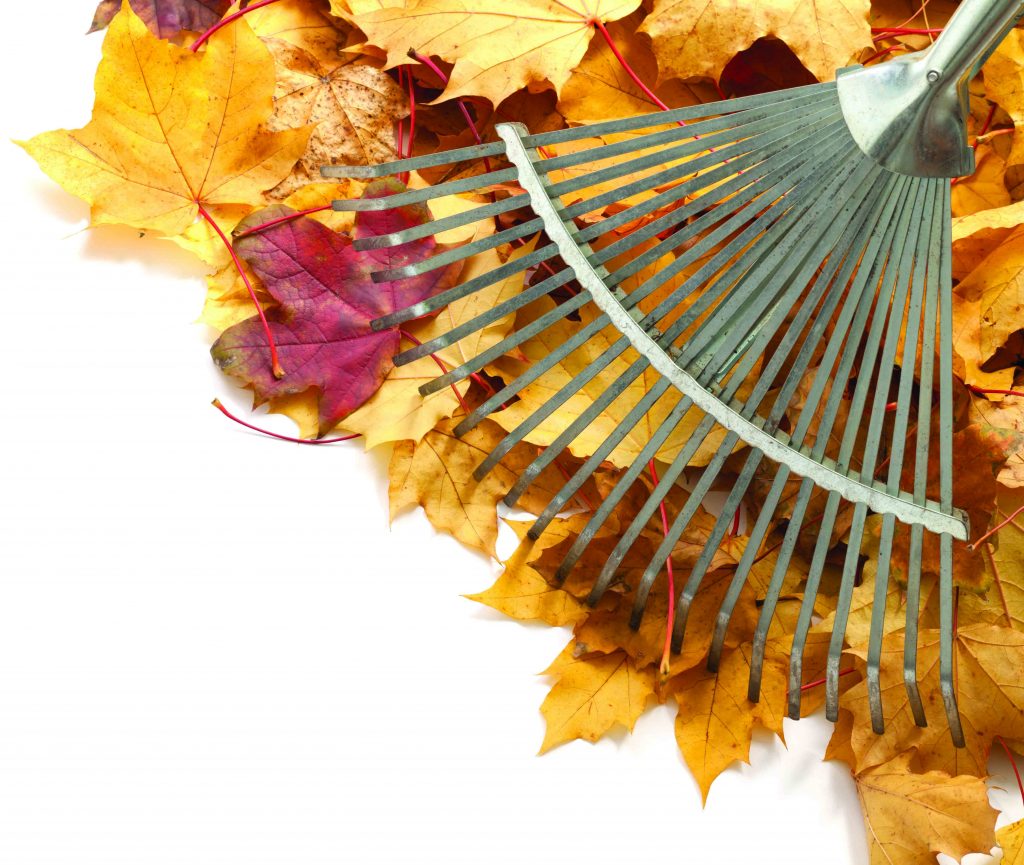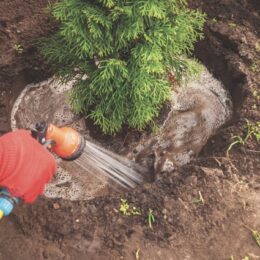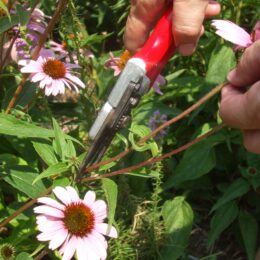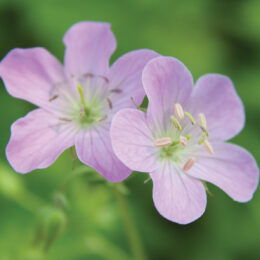
By B. Rosie Lerner
The hot dry weather experienced throughout much of Indiana in late summer brought an early leaf drop to many landscape plants. But the eventual leaf drop comes no matter the weather. For some Hoosiers, this marvel is overshadowed by the chores of raking and disposing of leaves.
What’s needed here is an attitude adjustment! Autumn leaves don’t have to become trash. On the contrary, they easily can be turned into valuable soil-enhancing organic matter. There are several ways to manage tree leaves at home.
Green-thumbed gardeners long have known the value of recycling plant material. Dry leaves can be plowed or tilled under in the vegetable or annual flower bed in fall to provide a source of organic matter. Shredding the leaves first will speed the breakdown so that the leaves will not be visible by spring. Be sure to mix the leaves into the soil, rather than leaving them on top through the winter, to avoid keeping the soil too cold and wet to work in the spring.
Tree leaves can be recycled directly on the lawn. Use your power mower or shredder/vacuum to break dry leaves into smaller pieces. A mulching blade on the mower will speed this process, but even a standard blade will do an adequate job. For large leaves, such as maple and sycamore, it may take several passes to get a finely shredded product. Once the leaves are pulverized, they will break down quickly. A fall application of nitrogen fertilizer (about 1 pound of nitrogen per 1,000 square feet) will help speed decomposition of the leaves and also will benefit the grass plants.
Fall leaves also make great composting ingredients, especially when mixed with green trimmings and grass clippings. Again, the smaller the pieces, the faster they’ll break down, so shred or chop dry leaves before adding them to the compost pile.
Last, but not least, shredded leaves can be used as a winter mulch to protect tender perennials through the coming harsh weather. Shredding the leaves will help prevent them from packing down as they get wet and smothering the plants that they are supposed to protect. To provide winter protection, apply a 3-to 6-inch layer of shredded leaves over the top of tender perennials after several hard freezes. The goal of winter mulch is to keep plants dormant through the winter, so it must be applied after the ground is cold and plants are fully dormant. The timing of application will vary from year to year with the weather, but most years will be appropriate sometime between the Thanksgiving and Christmas holidays.
B. ROSIE LERNER is the Purdue Extension consumer horticulturist and is a consumer of Tipmont REMC. Questions about gardening issues may be sent to “Ask Rosie,” Indiana Connection, 8888 Keystone Crossing, Suite 1600, Indianapolis, IN 46240-4606, or use the form at IndianaConnection.org.
EDITOR’S NOTE (April 2023): B. Rosie Lerner is now retired from Purdue University but remains our backyard expert.



